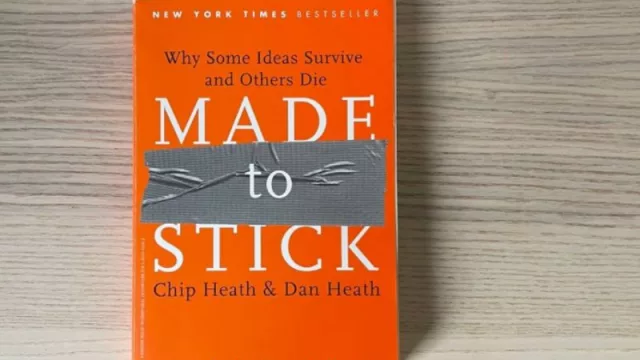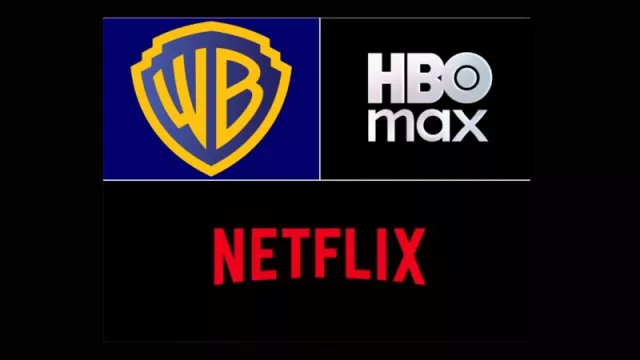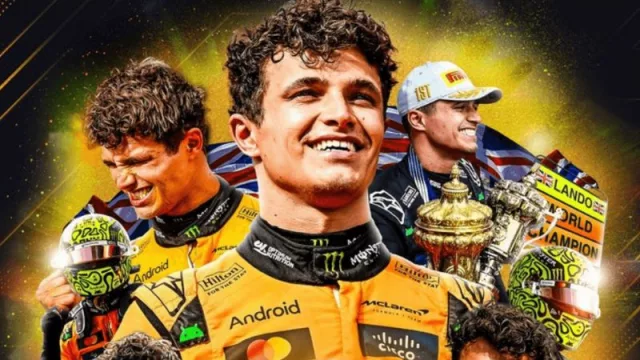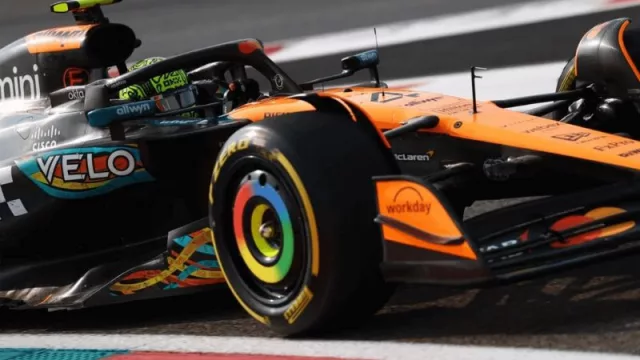Typically, the strategy for reputation, relevance, and visibility starts in press (digital or print), leveraging a highly creative Native Advertising strategy.
Importantly, this will overflow into valuable content for other mass media (radio or large-scale digital press, TV coverage), or for influencers.
It’s the ideal creative script for virals, etc.
“The novelty with co-created notoriety”:
Generating written content in high-value print media: the strategic importance of Native Advertising versus dissemination or press releases.
-
Credibility and Authority: Publishing content in high-value media lends credibility to the brand. Readers associate the quality of the outlet with the information presented, enhancing the brand's reputation.
-
SEO Impact: Quality content in graphic media generates relevant backlinks, improving search engine rankings. The more relevant and authoritative the outlet, the greater the positive impact on SEO.
-
Viral Content Generation: By creating content that resonates with the audience, it’s more likely to be shared by influencers and other media, amplifying its reach and visibility.
-
Building Relationships: Publishing in high-value media can foster connections with other industry professionals, generating collaboration and networking opportunities.
-
Fundamentally, it’s a truth, an experience, a crafted news story, amplified and revalued based on a strategy and a real insight. It’s not a fiction like other content or product placements.
-
Native Advertising doesn’t stem from traditional copywriting (initially), but from merging marketing strategy, insights, and journalistic writing, all underpinned by valuable storytelling that is always 100% a real experience.
Examples of companies implementing Native Advertising:
-
BuzzFeed: With its focus on entertaining and engaging content.
-
The New York Times: Through its "paid posts" section that blends journalism with advertising.
-
Red Bull: With stories and content that reflect its lifestyle brand.
-
The Tech industry in South Korea is consistently present, initially with a well-crafted strategy in digital graphic media, just like the fashion industry in France.
-
Companies such as Adidas have successfully forged numerous alliances with niche media, alongside brands like Ferrari, Ray-Ban, and Puma, among others.
Quality Difference Against Common Press Releases:
-
Narrative and Focus: Native advertising centers on storytelling and delivering value, while common press releases often serve merely as product or service announcements, lacking depth and context.
-
It is the function of journalistic research, strategic writing around insights, and real experience creation applied to content placement.
-
User Experience: Native content aims to enhance the reader's experience, while press releases often interrupt it.
-
Common press releases typically lack depth and context, whereas native advertising seeks to tell a story, engage the reader, and provide value. The quality of content in native advertising is generally higher, resulting in greater engagement and conversion.
-
Native Advertising involves the genuine creation of news and distinct value, translated into journalistic content or valuable narratives.
-
Success Stories:
-
Coca-Cola and "The Happiness Factory": Coca-Cola leveraged native advertising to tell a story that emotionally resonated with its audience, generating significant engagement and virality.
-
Nespresso: Through high-quality content in outlets like The Guardian, Nespresso has established itself as a leader in the premium coffee market, using stories that connect with its value proposition.
-
American Express: Its series of articles in high-profile publications about entrepreneurs and businesses has fostered a deeper connection with its target audience, positioning itself as a valuable resource rather than just a credit card provider.
-
Airbnb: Through its content platform, sharing stories from hosts and travelers.
Native Advertising: A Holistic Approach
Definition and Importance
Native advertising is a form of advertising that embodies a strategic vision, research, journalism, narrative, and real experiences, seamlessly integrating into the editorial content of a medium. This allows ads to feel less intrusive and more relevant to the audience. It’s crucial in today’s digital landscape, where consumer attention is scarce and traditional ad saturation is high.
IG: @infonegociosmiami
Authors and Recommended Books
"Made to Stick: Why Some Ideas Survive and Others Die" by Chip Heath and Dan Heath. This book analyzes how to make ideas memorable and effective.
"Contagious: How to Build Word of Mouth in the Digital Age" by Jonah Berger. While it doesn’t focus exclusively on native advertising, it offers insights on creating viral content.
"Killing Marketing" by Joe Pulizzi and Robert Rose. This work explores how content marketing, including native advertising, is transforming how brands communicate with audiences.
"The New Rules of Marketing and PR" by David Meerman Scott. This book addresses the importance of creating relevant content on the right platforms, including native advertising.
IG: @infonegociosmiami
Media Strategies and Urban Centers
Media agencies and companies are adopting native advertising strategies due to their effectiveness in attracting and retaining audience attention. Urban clusters are also leveraging valuable content to attract tourism, investment, and enhance their brand image.
Leading Media Outlets
Business Insider: With its focus on business news and analysis.
Forbes: Combining editorial content with sponsorship opportunities.
The Atlantic: Featuring the "Atlantic Re:think" section, which offers deep and relevant brand content.
Strategic Value
Native advertising holds significant strategic value by enabling brands to connect with their audience more authentically and effectively. By aligning with consumer interests and needs, companies can enhance their reputation and foster long-term loyalty.
Why Not All Media Can Execute Native Advertising Effectively
Not all media outlets are capable of successfully implementing native advertising, and this stems from several key factors related to content quality, brand reputation, and delivery capability. Here are the main rationales:
-
Content Quality
Media outlets that excel in native advertising typically boast a strong editorial team and a rigorous focus on content quality. This is essential because.
Credibility: Readers trust outlets that provide well-researched, high-quality content. If an outlet has a history of superficial or sensationalist publications, its ability to produce compelling native content is compromised.
Relevance: Articles must resonate with the outlet's audience. Media that lack a clear focus or cover a wide array of topics without a cohesive thread may struggle to create content that resonates with their readers.
-
Reputation and Trust
The reputation of a media outlet is fundamental to the success of native advertising:
Brand Perception: Established and respected media outlets have an advantage in the acceptance of sponsored content. If an outlet is perceived as unreliable or biased, its native advertising efforts may be met with skepticism.
Audience Loyalty: A loyal audience is more receptive to native content from an outlet they value and trust. Media that haven’t cultivated such loyalty find it more challenging to implement effective native advertising strategies.
-
Experience in Content Creation
The ability to create engaging, high-quality content is a differentiating factor:
Editorial Skills: Outlets with experienced writers and editors can produce content that is not only informative but also entertaining, increasing engagement.
Understanding the Audience: Knowing the audience enables media to create content that aligns with their interests, a crucial aspect for the success of native advertising.
-
Integration with Overall Strategy
The execution of native advertising must align with the outlet's overall strategy:
Message Consistency: Media managing multiple types of content must ensure that their native advertising integrates coherently with other articles and aligns with their editorial tone.
Sustainability: Depending on the business model, some media may lack the capacity to sustain a long-term native content strategy, limiting effectiveness.
-
Resources and Technical Capabilities
Not all media have the necessary resources to implement native advertising strategies:
Investment in Technology: Media wanting to run effective native advertising campaigns often require advanced tools for audience segmentation, data analysis, and performance measurement.
Dedicated Team: Successful native content creation typically requires a dedicated team, from writers to content marketing specialists, which may not be feasible for all media.
Conclusion:
In summary, the ability to execute native advertising effectively is not solely dependent on the popularity or size of the media outlet. It hinges on content quality, reputation, editorial experience, integration with the overall strategy, and available resources. These factors are essential for establishing the credibility and trust needed for native content to make a real impact on the audience.
Native advertising is a powerful tool that, when executed correctly, can have a significant impact on brand reputation, SEO, and the generation of content that resonates with the audience. Companies that invest in quality content across high-value graphic media not only strengthen their market presence but also establish lasting relationships with their audience.
-
Infonegocios RED: 4.5 million Anglophone Latinos reading business news daily.
-
Sign Up for Free: Register and receive our newsletter by simply leaving your email and name here.
-
Contacts: [email protected] or [email protected]












Tu opinión enriquece este artículo: